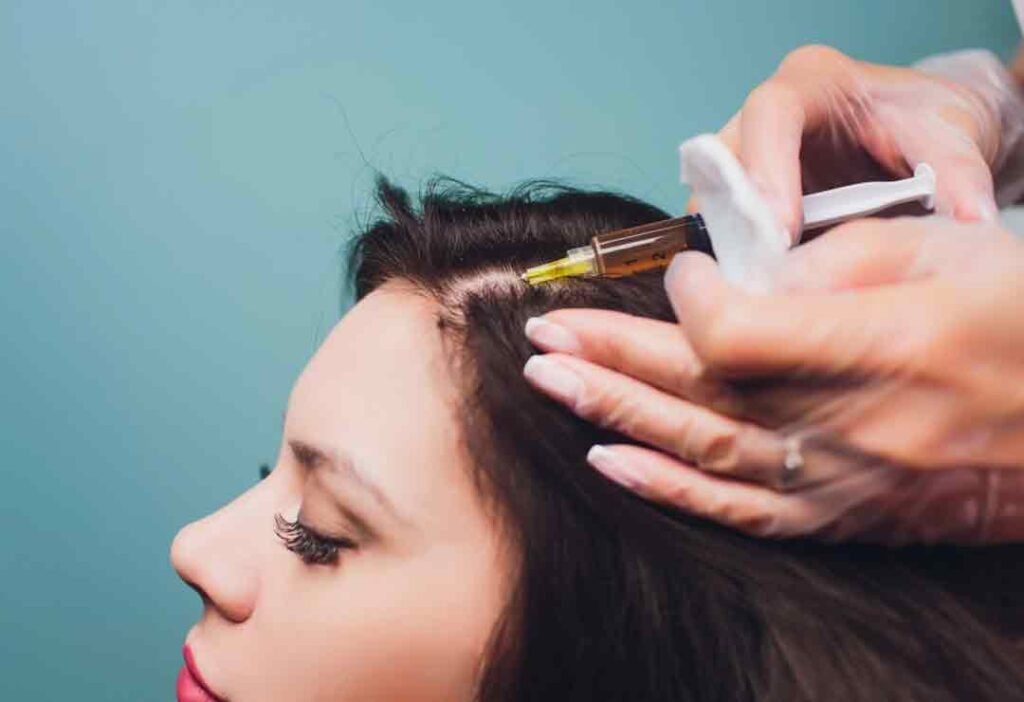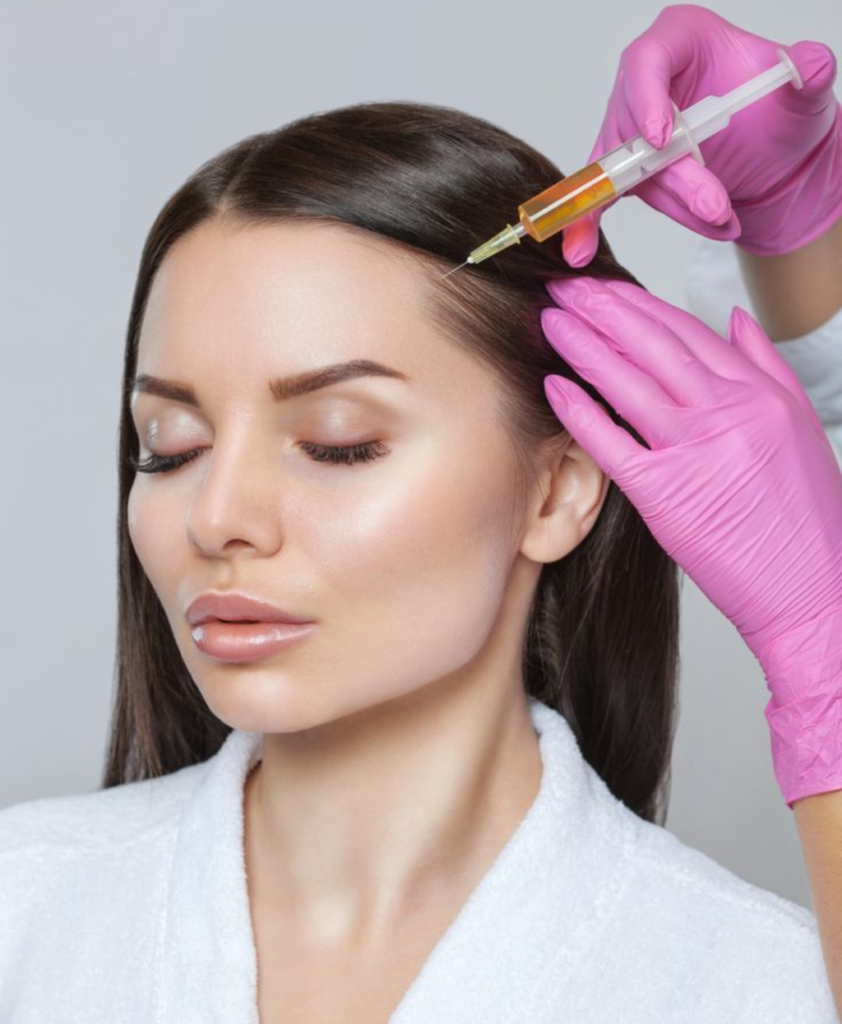PRP treatment can stimulate hair growth, improve scalp health, reduce thinning, and enhance hair thickness, helping restore a fuller, more youthful appearance
- 511 SW 10th Ave 1206,
- Portland, OR
- United States

PRP treatment can stimulate hair growth, improve scalp health, reduce thinning, and enhance hair thickness, helping restore a fuller, more youthful appearance
PRP (Platelet-Rich Plasma) treatment is a non-surgical therapy that uses a patient’s own blood to promote healing in injured tissues. The blood is processed to concentrate platelets, which are then injected into the targeted area to stimulate healing, reduce inflammation, and encourage tissue regeneration. It is commonly used for joint pain, tendon injuries, skin rejuvenation, hair restoration, and more. PRP offers a natural, minimally invasive approach with minimal downtime and risks, as it uses the patient’s own blood. It can help improve mobility, reduce pain, and support faster recovery.
PRP (Platelet-Rich Plasma) treatment begins with a blood draw from the patient. The blood is then placed in a centrifuge, which separates the platelet-rich plasma from the rest of the blood components.
The separated plasma, which is rich in growth factors, is activated to stimulate tissue repair and regeneration. This plasma contains platelets that promote healing and collagen production.
The PRP is then carefully injected into the area being treated, such as the scalp for hair restoration or facial skin for rejuvenation. The growth factors in the PRP encourage healing and tissue regeneration in the targeted area.
Over time, the PRP stimulates hair growth, skin renewal, or tissue regeneration. Results can vary, but noticeable improvements may begin to show within a few weeks to a few months, depending on the treatment area.

PRP treatment is ideal for individuals looking to enhance their appearance without undergoing surgery. If you want to rejuvenate your skin, stimulate hair growth, or reduce signs of aging naturally, please contact our specialists. We will thoroughly review your medical history, discuss your aesthetic goals, and determine if PRP treatment is the right option for you.
More than 250 five-star reviews on Google

They are very gentle and do their best to give the patients the expected results. I am very happy with their office, equipment, kindness and professionalism.

The staff was friendly and professional, and the treatment left me feeling refreshed and rejuvenated. Thank you for the wonderful service, I'll definitely be visiting again!

The treatment targeted areas of concern and helped to improve the texture and firmness of my skin, but most importantly, the staff knew what they were doing.

PRP (Platelet-Rich Plasma) treatment works by using your own blood to stimulate healing and regeneration. A small amount of blood is drawn and then processed to concentrate the platelets. These platelets, rich in growth factors, are then injected into the targeted area (such as the scalp for hair restoration or the face for skin rejuvenation) to promote tissue repair, collagen production, and hair growth.
PRP treatment is generally well-tolerated, as it is minimally invasive. Local anesthesia or numbing cream is typically applied to the treatment area to ensure comfort. Some patients may experience mild discomfort or swelling at the injection sites, but these effects usually subside within a few hours to a few days.
Results from PRP treatment can vary depending on the area treated. For hair restoration, it may take 3 to 6 months to notice significant hair growth, as new hair follicles begin to develop. For skin rejuvenation, some people may start to see improvements in texture and tone within a few weeks, with optimal results appearing after a few months.
The number of PRP sessions required varies based on individual goals and the area being treated. Typically, patients undergo 3 to 4 sessions spaced about 4 to 6 weeks apart for optimal results. Maintenance treatments may be recommended once or twice a year to sustain the results. Your specialist will provide a personalized plan based on your needs.